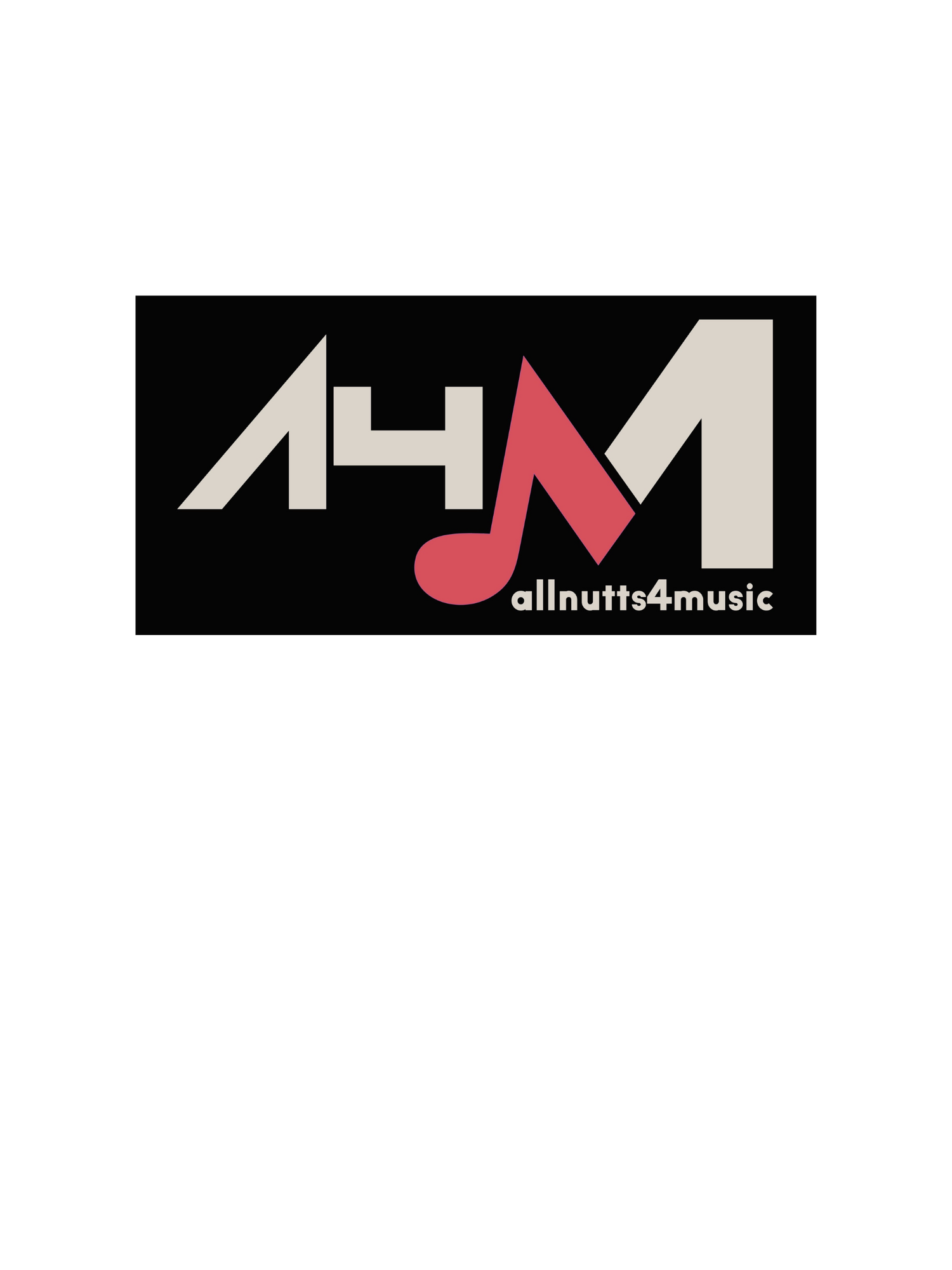https://www.youtube.com/watch?v=8Jy3h-EAZtI
Hello, welcome ukulelists and ukulele teachers! I am John from John’s Ukulele Cafe’. This post is for ukulele teachers or those that would like to get to know the ukulele neck better. These videos and posts will be part of a content segment of mine called the Teacher’s Lounge where we will talk music pedagogy. Pedagogy is - The art or profession of teaching
Starting with this post, I will begin to feature more songs that I use in my own ukulele teaching. Do-Re-Mi is definitely one of those songs. In conjunction with this song, if you teach music and have enough floor space you should try to create a ukulele neck on your floor! (see video link above for diagram)
Do-Re-Mi is an awesome song to get students more comfortable with learning ukulele notes, scales, as well as introducing solfege and I’ll show you how I use it in this post.
Ok, here’s how I made this on the floor. Having a tile floor with 1’x1’ tiles is going to be the easiest way to get your grid started. Firstly, I ordered two rolls of orange duct tape on Amazon. I chose orange so that it stood out and was easy to see when stepping on the strings or frets. In total to get an octave on the floor you will need a floor space of about 14’ x 5’
I center the tape directly in the middle of two squares when placing it on the floor. You’ll need about this much space so that you can stand where the nut would be if representing the open notes of the ukulele. I also had some extra round stickers that I placed in the squares to represent the fret dots.
Do-Re-Mi is a song from the Sound of Music - written by Rogers and Hammerstein and was originally recorded in the key of Bb for Julie Andrews but most teachers begin teaching this song in the key of C - especially those that teach fixed Do. I recommend teaching the song in the key of C if possible (especially if on C tuning on ukulele.) Thankfully, the song is written in the key of C in the Daily Ukulele book. Hammerstein did an awesome job with the lyrics making it super easy to remember the solfege syllables with the lyrical imagery to support each syllable.
Do - Deer
Re - Drop of Golden Sun
Me - A name I call myself
Fa - A long long way to run
A good way to remember the rhyming scheme is - the lines of words are generally organized by ABAB rhyming couplets.
I use this song with students ages 5 to 12. I myself am pretty new to using solfege but was exposed to it during a eurhythmics course over this past summer. I have found that solfege really helps students with music reading and introducing singing with vowel sounds.
I use this song in conjunction with the ukulele floor diagram to familiarize students with solfege and get to know musical scales on the ukulele neck away from the instrument first. When using this, students get a chance to explore the ukulele neck in a very tactile way even before picking up the instrument. I would describe this process as someone walking a trail in the forest and taking pictures or notes of what they see along the way.
There is a quote from the Canadian teacher Peter Luongo that is: Play notes on the ukulele neck vertically for speed but play the notes horizontally for understanding. I have students learn scales horizontally first and then have them learn where the strings overlap later to get their scales faster.
When I use the floor chart at first, I have the student jump inside of the squares and not on the strings. b/c their targets are larger than on the strings (kids know what hopscotch is pretty well before coming to lessons). I usually walk them through the spaces we will be jumping in without the song first while saying the syllables. Having stickers on the floor where the fret markers go can help make the terrain more recognizable.
I also explain that the most of the jumps they’ll make will be two squares away except for those following syllables Mi and Ti - that is something else I learned by moving on the floor chart. That is learning by doing - moving through space.
After students are more comfortable with moving in this way, I have them stand in the exact place on the C string where they would place their finger down (in their fretting hand) behind each fret. We will walk/hop along on that string. After that, I have them ONLY play the notes on the ukulele neck while standing in place. Finally, I challenge them to play the notes on the neck AND hop to those notes on the floor at the SAME TIME for understanding.
Once students have more of an understanding of the notes on the other strings, I will have them play the vertical version (compact scale) up the neck.
Some further activities you can do with the floor is to try out other scales - G scale, F scale, A minor etc. I also have the students say the solfege syllables on those scales. If you have a group class and you need to have two students on the ukulele neck at the same time, you could have them face each other on their respective C strings (strings side by side).
As another activity, you could call out notes on the ukulele neck and have the students find those notes. If they are more intermediate, have them find ALL of those notes on the ukulele neck. For instance all of the C’s, F’s, G’s etc. This could easily turn into a game where you have the students roll dice that have the note names as well as notes with sharps or flats.
A hidden perk of this song is that Do-Re-Mi helps us teachers learn the harmonized major scale. A very handy tool to make music with your students as they learn their scales.
Note: You will want to MEMORIZE this song if you are out on the floor with your students.
This song has chords that fit into a harmonized scale as you ascend up the scale (the first half at least).
C D E F G A B C
C G7 C F C(F) D7(G) E7… C
The second half of the scale ascends by step (every two chords) C, D7, E7 but also moves in a dominant tonic motion that will help you remember the chords that way too. When I play this, the chords aren’t too hard to remember because the chord shapes generally change by one finger at a time. For instance:
G to E7 chord, Am to C7, F to Dm
In short, this is a great song to have in your memorized repertoire as a teacher. Something you can pull out at any time especially for those students that like to move around.
Lastly, I would like to hear from you all. Are you a ukulele teacher and if you are how could you use the ukulele floor diagram in your lessons or group classes? Comment below. I’d love to hear your responses!
https://www.youtube.com/watch?v=8Jy3h-EAZtI
















